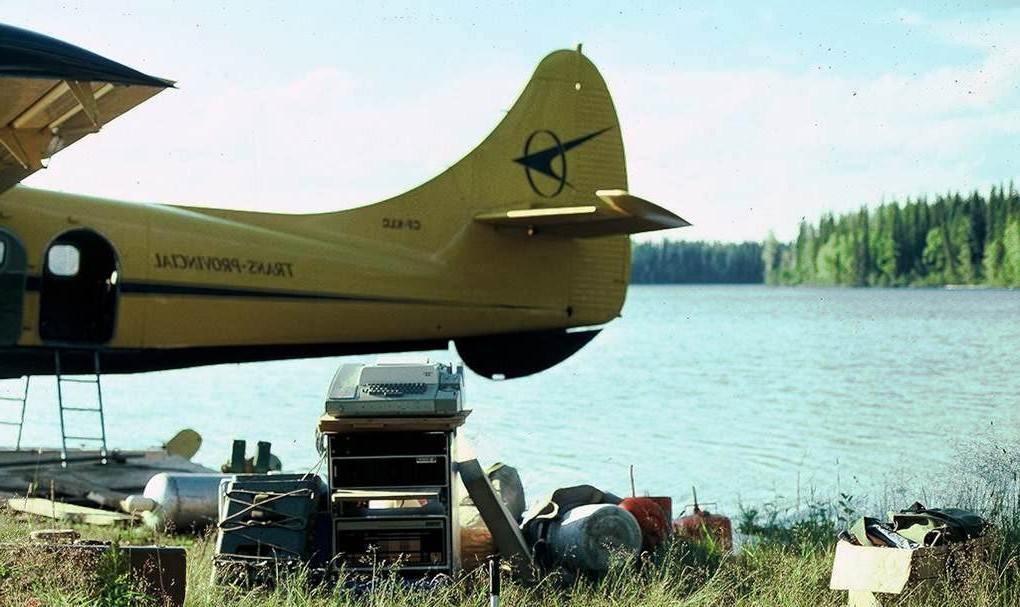Zonge is a pioneer in the development of electric and electromagnetic geophysical-investigation methods and instruments.
Zonge Engineering and Research helped define modern mineral exploration starting in the early 1970s. The company has applied electrical and EM techniques to problems in hydrocarbon, geothermal, coal, and uranium exploration and owns the first patents on the complex resistivity method in the U.S.A., Canada, Mexico and Australia. Zonge is committed to ongoing development and improved geophysical data acquisition tools.
History and contribution to the development of CR™, CSAMT and NanoTEM® methods
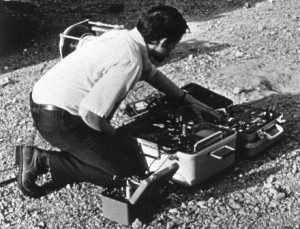
1972 – Kenneth Zonge forms Zonge Engineering in Tucson, Arizona to conduct applied research using the complex resistivity (CR) method he developed as a doctoral student under the direction of Dr. John Sumner, noted IP expert and professor of geophysics at The University of Arizona. He builds the first CR survey instrumentation using a modified Digital Equipment Corporation 12-bit minicomputer and a Burr-Brown 500-watt, constant-current transmitter. Zonge Engineering field crews begin conducting CR data acquisition and inversion services in the U.S. and Canada.
1973 – In a successful effort to discriminate between IP responses due to sulfides, clays, graphite, EM coupling, culture and other sources, the newly-formed company makes surface and downhole complex resistivity measurements over known porphyry copper deposits and applies the results to reconnaissance surveys.
1973-1975 – Zonge’s new CR method is used extensively during a boom in porphyry copper exploration and the company begins developing a portable CR data acquisition system, funded in part by the Cities Service Minerals Group.
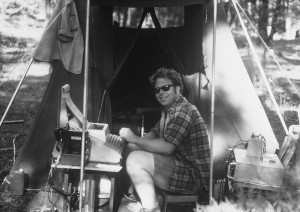 1976 – Zonge Engineering releases the first commercially available, digitally-controlled, IP/CR receiver and crews begin using it in the field. The first units are sold as a 12-bit geophysical data processor named the “GDP-12.”
1976 – Zonge Engineering releases the first commercially available, digitally-controlled, IP/CR receiver and crews begin using it in the field. The first units are sold as a 12-bit geophysical data processor named the “GDP-12.”
1977 – Cities Service disbands its minerals group in late 1977, selling its GDP to Cominco, which equipment is instrumental in the discovery of Cominco’s Red Dog Mine in Alaska.
1978 – At the request of Exxon Minerals, Zonge modifies the GDP to make CSAMT measurements based on promising new research presented in a thesis by Myron Goldstein at the University of Toronto.
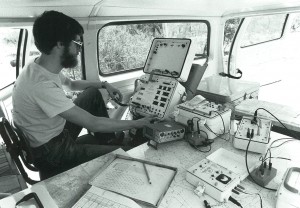 1978 – Zonge uses this GDP to perform the world’s first CSAMT field surveys for natural resources exploration delineating Exxon’s Crandon, Wisconsin massive sulfide orebody.
1978 – Zonge uses this GDP to perform the world’s first CSAMT field surveys for natural resources exploration delineating Exxon’s Crandon, Wisconsin massive sulfide orebody.
1982 – Zonge conducts CR measure-ments at Olympic Dam in Australia, one of the largest copper deposits in the world. Western Mining purchases Zonge IP systems for in-house crews and Zonge establishes an office in Adelaide which is later sold to local management upon Ken Zonge’s retirement.
1998 – Zonge pioneers development of an early-time, multi-component time-domain EM (TDEM) method for near-surface applications which it trademarks NanoTEM®. The NanoTEM® method and resulting fast-turnoff transmitter becomes the base technology underlying Zonge equipment for near-surface TEM.
1999 – Zonge demonstrates applicability of the IP method to delineating waste-site boundaries and commercializes an electrical-impedance tomography (EIT/ERT) system to address the instrumentation need.
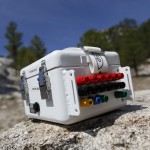 2002 – Ken Zonge is named to the Mining Hall of Fame.
2002 – Ken Zonge is named to the Mining Hall of Fame.
2007 – Ken Zonge retires selling his remaining company ownership to the ESOP that was formed in 2004.
2011 – Release of the Dynamic NanoTEM™ transceiver for professional rolling conductivity studies
2012 – New wireless, 32-bit ZEN High-Res Receiver™ announced at SEG 2012





